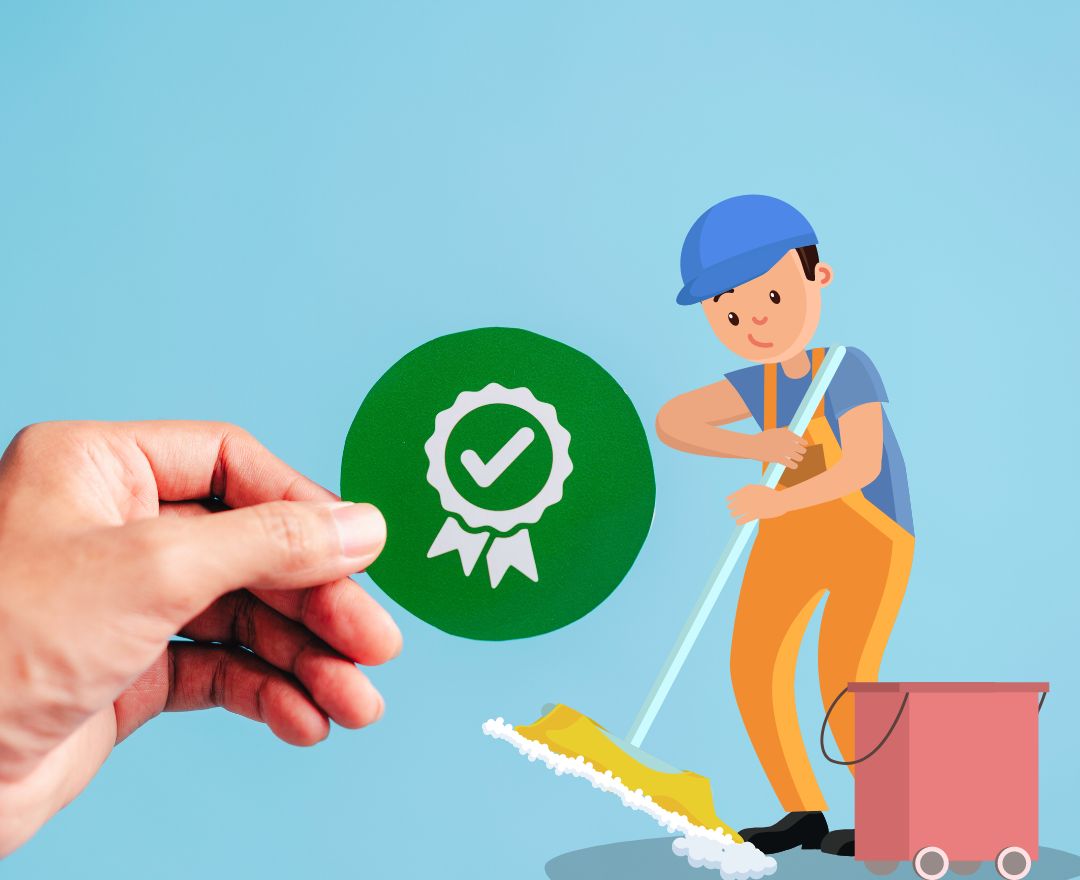
How Do You Say Clean In A Professional Way
Posted by Suji Siv @Clean Group on 2024-01-19
How Do You Say Clean in a Professional Way
Expressing the importance of cleanliness in a professional setting requires finesse, prompting the question: "How do you say clean in a professional way?" This exploration navigates through the language of professionalism, offering phrases and communication strategies that convey the significance of cleanliness without sounding authoritarian. From emphasizing a culture of organization to articulating the impact on productivity, the professional discourse around cleanliness becomes a tool for creating a positive and polished work environment. Join us as we explore the art of conveying the importance of cleanliness in a manner that aligns with the professionalism of the workplace.
Expressing Cleanliness Professionally: Choosing the Right Language for a Tidy Environment
Maintaining a professional tone when communicating about cleanliness is crucial for creating a positive workplace culture. Instead of using casual terms like "clean up," opt for more formal expressions such as "tidy up" or "maintain cleanliness." When addressing cleanliness expectations, emphasize the importance of a well-kept workspace to enhance professionalism and productivity. Encourage employees to "organize their workstations" or "keep their areas orderly" to convey a sense of responsibility. Utilize phrases like "maintain a pristine environment" to set a high standard for cleanliness. By incorporating professional language, you foster a workplace where cleanliness is synonymous with professionalism.
Crafting a Professional Image: Communicating Cleanliness Expectations in the Workplace
Effective communication about cleanliness in the workplace requires a professional approach to convey expectations clearly. Instead of casual language, choose formal expressions such as "maintain a neat and orderly workspace" or "uphold cleanliness standards." Emphasize the importance of a tidy environment for creating a positive professional image and boosting overall productivity. Encourage employees to "organize their work areas" or "keep their stations immaculate" to instill a sense of responsibility. Incorporate phrases like "adhere to high cleanliness standards" to set clear expectations. By using professional language, you establish a workplace where cleanliness is an integral part of maintaining a polished and professional image.
Navigating Cleanliness Professionally: Articulating Workplace Tidiness Expectations
When articulating expectations for workplace cleanliness, adopting a professional language is essential. Replace casual terms with formal expressions such as "maintain a clean and organized workspace" or "uphold cleanliness standards." Emphasize the significance of a well-kept environment in contributing to a positive professional image and heightened productivity. Encourage employees to "arrange their workstations" or "keep their areas well-organized" to instill a sense of responsibility. Use phrases like "adhere to stringent cleanliness guidelines" to set clear expectations for a pristine workplace. By incorporating professional language, you establish a workplace culture where cleanliness is synonymous with professionalism and excellence.
Promoting Professionalism Through Cleanliness: Effective Communication Strategies
Fostering a sense of professionalism through cleanliness requires effective communication using formal language. Instead of casual expressions, opt for more formal terms such as "maintain a tidy and organized workspace" or "adhere to cleanliness standards." Stress the importance of a clean environment in projecting a positive professional image and enhancing overall efficiency. Encourage employees to "arrange their workstations" or "keep their areas orderly" to instill a sense of accountability. Incorporate phrases like "follow rigorous cleanliness protocols" to clearly communicate expectations. By using professional language, you establish a workplace culture where cleanliness is an integral part of maintaining a polished and professional image.
Elevating Cleanliness Expectations: Conveying Professional Tidiness in the Workplace
Conveying expectations for workplace cleanliness necessitates a professional tone to articulate standards clearly. Replace informal terms with more formal expressions like "maintain a clean and organized workspace" or "uphold cleanliness protocols." Emphasize the importance of a well-kept environment in cultivating a positive professional image and improving overall productivity. Encourage employees to "organize their workstations" or "keep their areas immaculate" to instill a sense of responsibility. Utilize phrases like "adhere to strict cleanliness guidelines" to set clear expectations for a pristine workplace. By incorporating professional language, you establish a workplace culture where cleanliness is synonymous with professionalism and excellence.
Communicating Cleanliness Professionally: Setting the Standard for Workplace Tidiness
Effectively communicating expectations for workplace cleanliness involves adopting a professional language to convey standards clearly. Replace casual terms with more formal expressions such as "maintain a neat and organized workspace" or "adhere to cleanliness guidelines." Highlight the importance of a clean environment in projecting a positive professional image and enhancing overall efficiency. Encourage employees to "arrange their workstations" or "keep their areas orderly" to instill a sense of accountability. Use phrases like "follow rigorous cleanliness protocols" to clearly communicate expectations. By incorporating professional language, you establish a workplace culture where cleanliness is an integral part of maintaining a polished and professional image.